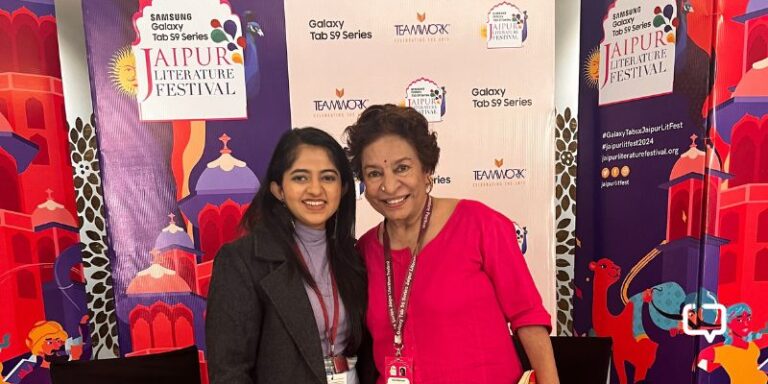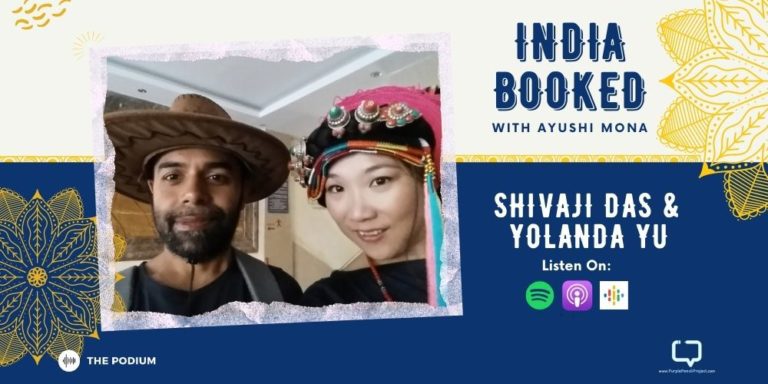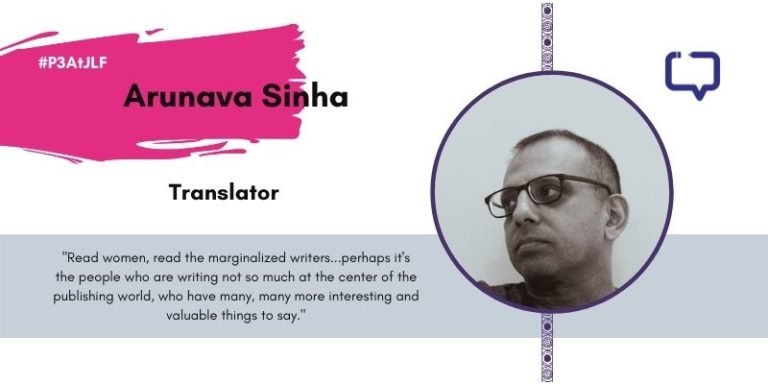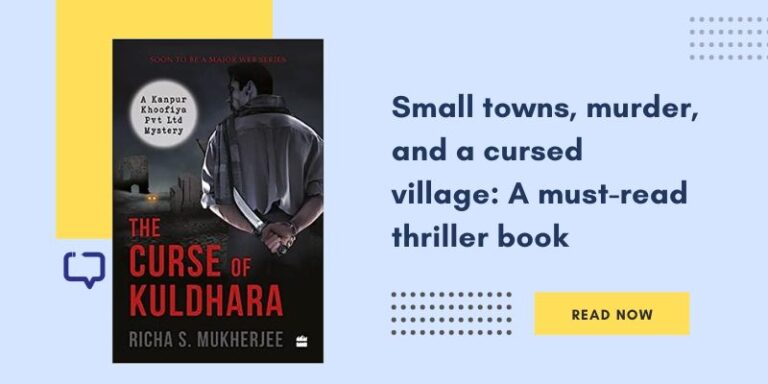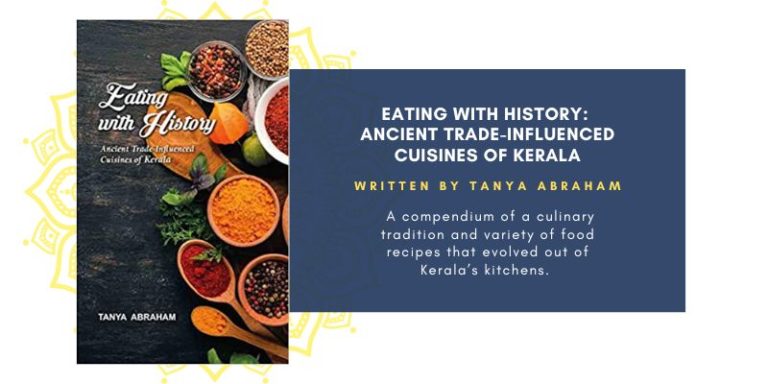Akankshya Abismruta reviews Abraham Verghese’s The Covenant of Water (Published by Atlantic Books, 2023)
“Life is a terminal condition, we are all going to die.”
Abraham Verghese, Episode 3, The Covenant of Water, Oprah’s Super Soul Podcast
Recorded history changes with power. Facts can be eliminated and manipulated. More than informing the masses, history serves the reigning or ruling party. Fiction has a place for everyone. Despite the rise in censorship, fiction prevails.
If anything, banning fiction is a PR stunt for a book gifted to the publishers by the ones who are offended. When both categories come together, we have an insider’s response to what was happening in a certain time period.
Historical fiction has a way to make one feel privileged in what can be considered as the bare minimum of the upper-middle class today. To read about a time when there was no electricity or internet can be humbling in a world that’s overstimulated by doomscrolling.
It is terrifying to read education and medicine were inaccessible and not just to women. It is a terror I lived and relived as I read the family saga The Covenant of Water by Abraham Verghese, spanning from 1900-1977 in Kerala (mostly).
The story begins with a 12yo St. Thomas Christian girl marrying a 40yo widower. She becomes the mistress of 500 acres of land in Parambil.
New to running a household without any elder woman to guide her, she takes every challenge in her stride and comes to be known as Big Ammachi, the matriarch of the story. Throughout her life, she holds on to her unwavering faith.
We encourage you to buy books from a local bookstore. If that is not possible, please use the links on the page and support us. Thank you.
As time passed by, she learns that at least one person in every generation dies by drowning. She calls it ‘The Condition’. She utters the following words,
“Lord, maybe You don’t want to cure this for reasons I don’t understand. But if You won’t or can’t, then send us someone who can.”
These words become the torch in the tunnel of stories in this family saga. The reader holds on to them and wonders if the next character will bring the cure.
Following the introduction to the life at and secret of Parambil, we are introduced to a Scottish surgeon from Glasgow, Digby, arriving in Madras. Surgery, healing people, is the way in which Digby tries to heal himself from a dark childhood. He tries to deal with his abandonment issues by being there for others, in the service of others, before he loses his ability to perform surgery to a fire.
The story hosts many characters in roles big and small. Some disappear for a long time before reappearing again to form the symmetry in the plot. Some appear for a comment or two about the society, the politics of the times. Some elites, some downtrodden. Some endearing, some terrifying.
Each one of them is memorable for Verghese has characterised them with accents and peculiarities that make them unforgettable.
Empathy and community can be healing in the absence of a cure
Recovering from a worldwide pandemic, we are not alien to the concept of isolation and prejudice. The dominant theme of the novel lies in the alienation of people suffering from leprosy, people who are rejected by their loved ones.
It is a disease that changes the body, deforms it, and in the absence of a cure, it leaves the ones suffering, lost and alone. The story doesn’t preach but it shows the wonders empathy and community can do.
We encourage you to buy books from a local bookstore. If that is not possible, please use the links on the page and support us. Thank you.
It depicts the violence that people suffering endure silently. The story is filled with gut-wrenching losses, not one or two but many. The loss is sometimes that of a spouse, relationship, one’s ability to perform the one thing they essentially identify with, etc. Amidst it all, there’s an unwavering faith of Big Ammachi to keep moving forward.
There’s the service of Dr. Rune who dedicates his life to treating lepers after an episode of spiritual awakening, in ways that he can. The first thing he does is restore a leprosarium and live with lepers, treating them as one, accepting them for what they are becoming, and loving them anyway.
He cannot fight prejudice alone, but he could build a community, and he did. It is a recurring theme—to heal everyone as one’s own.
Spirits and medical mysteries by Abraham Verghese
One of the characters we meet early in the novel is the spirit of Big Ammachi’s husband’s former wife. Or at least, Big Ammachi reads the disturbances in the cellar as her husband’s former wife’s spirit.
I call it a character because it pops up a few times, becoming significant in times of death and birth. Big Ammachi credits the spirit on many occasions for helping her run Parambil.
Verghese’s strength is in the conceits that he draws. The story is always foreshadowing what is about to happen. If one is observant, one can clearly spot the symmetry in the novel. It is a story that begins with spirits and curses.
Owing to the author, Abraham Verghese’s merit of being a specialist in infectious disease, he actually provides a medical explanation for the condition of drowning. He doesn’t leave it as superstition.
As mentioned in the beginning, this is a historical fiction, a story about how people lost their families and lives in the absence of awareness, access to healthcare, and cures for many diseases that we don’t even hear about today as they have become rare occurrences.
The calming narration goes into the details of various medical conditions, explaining in detail to a layperson what is happening and what can be done. Some mysteries are solved, and some remain.
Striking imagery by Abraham Verghese is the biggest takeaway
The images in the story are haunting. The narration isn’t loud in terms of exaggerating anything or describing feelings that make things seem over the top.
It’s neutral in the sense that it describes lovemaking and death in the same tone but the words spin such images that one might have to keep the book aside for a while, to grieve or to be amazed.
It is the characters that do the talking more than the third person narrator, for Abraham Verghese outdoes them with peculiarities, in appearances, in manners of speaking, in the ways they hold a pencil or a scalpel.
Abraham Verghese describes the sculptures in the Hindu temples of Rameshwaram in as much detail as a surgeon charting the anatomy of his lover as he lays on her. He makes one believe that doctors, after all, are the worst patients by describing Digby torturing himself in order to regain the most important thing in his life, his ability to perform surgery.
There are many relationships in the story, some legitimate in the eyes of the law, some not. The lack of judgment in the narration yet the depiction of the judgment of the society has a perfect blend in Abraham Verghese’s writing.
The most violent of scenes are described with such calmness that it becomes impossible to not be haunted by the images formed in the mind. They are precise just like a surgeon’s cut. The writing is detail oriented, from the description of a tree to that of the scene of a police encounter with a Naxalite.
What the story is not
Despite being historical fiction, the story doesn’t delve deep into the Indian freedom movement. It talks about colonial and independent India by describing the streets of Madras. The major historical events and changes are mentioned as the lives of characters change.
Abraham Verghese focuses on caste, class, and religious differences in his subtle writing. We meet the character of Shamuel, a punyan, who supports the running of the Parambil household without ever entering it.
Many a time, the story questions this difference between a Punyan and landowners, but it isn’t till the end that we see Abraham Verghese showing that the differences can be washed away. Again, not in a revolutionary fashion.
The most that Abraham Verghese goes into exploring the politics of the time period is when he describes one of the characters, Lenin Evermore, choosing to be a Naxalite. Some scenes are inspired by true events, some fictional.
It is only in this instance, that the story talks about the politics of Kerela, if not of India at large. In doing so, there is criticism of the leading politicians serving to the needs of the upper caste and class.
It is historical fiction in the sense that it charts the evolution of medicine in Kerala, and describes multiple deaths caused by a lack of cure. It showcases how lepers were treated in society, and also, how people who treated the lepers were isolated too.
In Conclusion
Abraham Verghese takes us on a tour of Kerala, describing its luscious greenery and horrendous floods. He takes us on a walk of the seaside in Madras, making us savour the salt in its air. He provides a treat for the ones who study medicine. He describes the process of various surgery with accessible images, and also, the ways of teaching in the 70s.
Above all, in this story of secrets kept and revealed, curse turning to a medical mystery with chances of resolution, he spins together a beautiful world that is as much about life as it is about death. This mammoth of a book makes the reader even more grateful for diseases that have cures today and provides hope for the ones that don’t.
It is a 700-something page-long ode to the evolution of medicine and surgery in India. It’s a gripping and jaw-droppingly twisted saga.
The illustrations at the beginning of each part by Thomas Varghese showcase the major theme or character or setting in that particular part. It won’t be a surprise if one keeps going back to these illustrations as the crucial events take place in the pages that follow.
Favourite quote from the book
A tale that leaves its imprint on a listener tells the truth about how the world lives, and so, unavoidably, it is about families, their victories and wound, and their departed, including ghosts who linger; it must offer instructions for living in God’s realm, where joy never spares one from sorrow.
A good story goes beyond what a forgiving God cares to do: it reconciles families and unburdens them of secrets whose bond is stronger than blood. But in their revealing, as in their keeping, secrets can tear a family apart.
Have you read this historical fiction that heals through miracles and medicine? What do you think of it? Drop a comment below and let us know!

As part of our effort to compensate our writers better, we at Purple Pencil Project have launched the #PayTheWriter initiative, where readers can directly show support and appreciation for our wonderful team.
Scan or upload this image on your UPI app, and show them the love 😀











